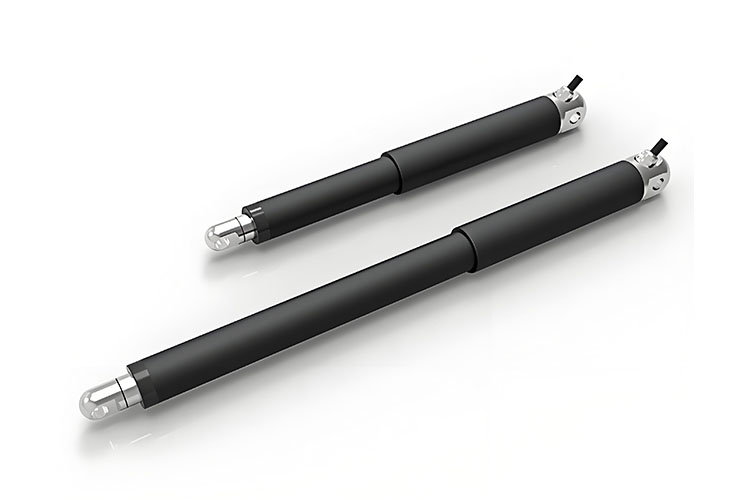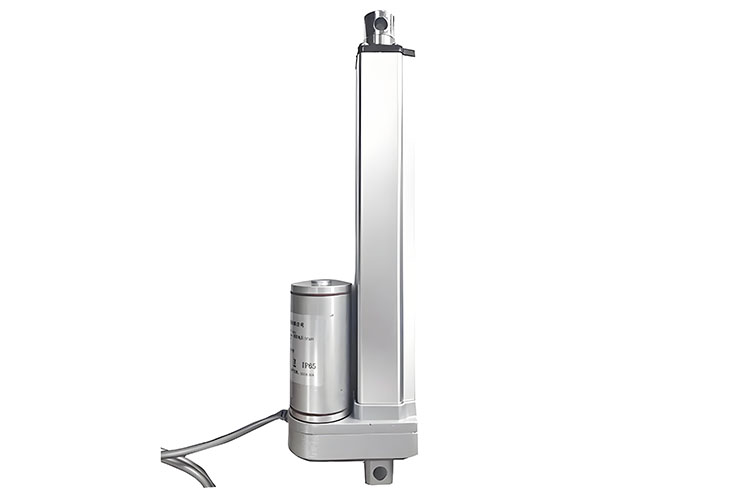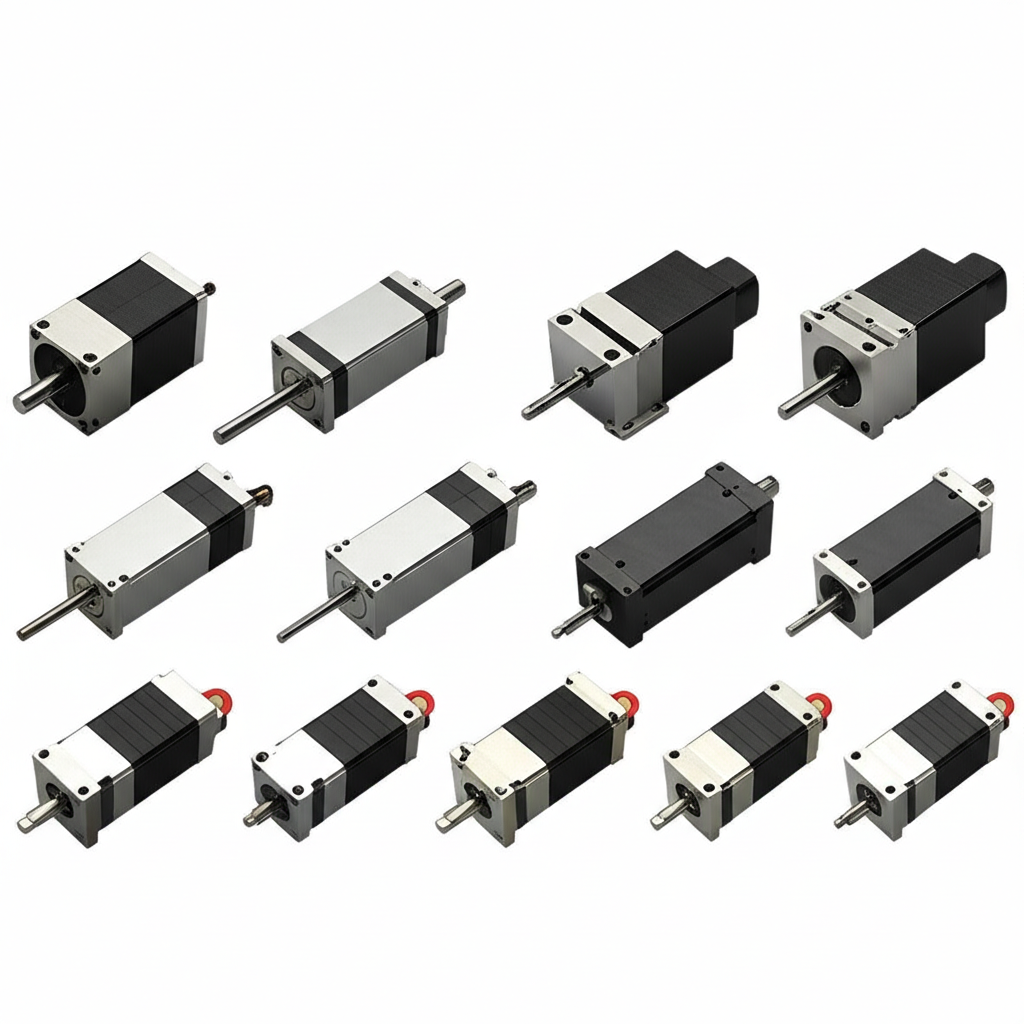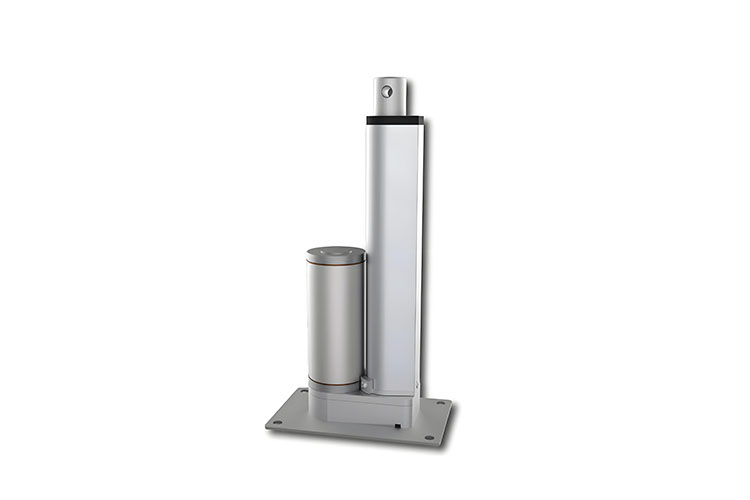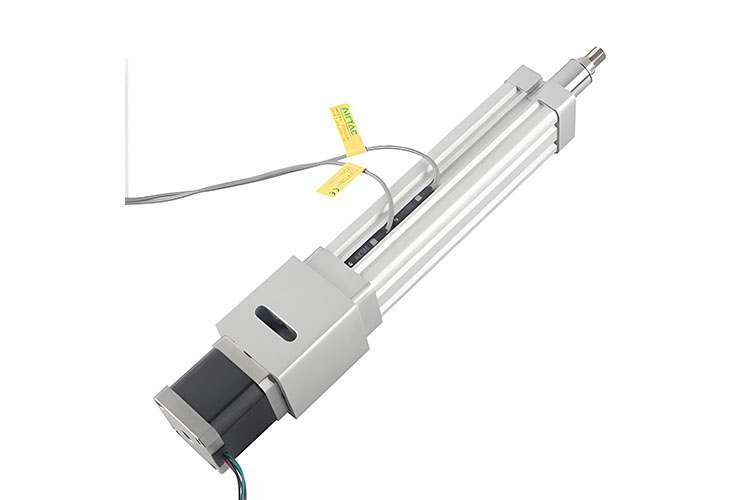You see it turn. You see it stop. You see it go.
That is a rotary actuator at work. I make this clear for you. I keep it simple.
I. The Power of Controlled Rotation
You want things to turn on cue. You want safe moves. You want speed. You want precision.
A rotary actuator gives you rotary motion that you can trust. It turns with torque. It turns at a set rotational speed. It holds a set angular displacement.
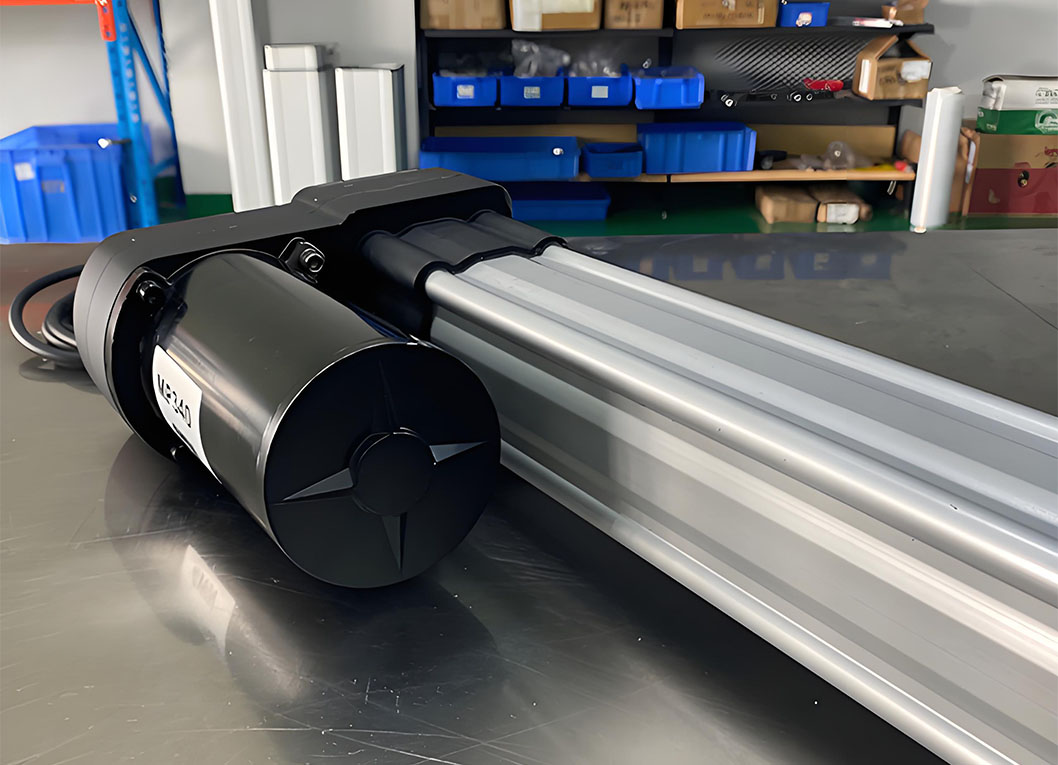
I work with motion all day. I help you pick the right tool. I help you win on automation systems and process control.
II. What Is a Rotary Actuator?
A rotary actuator turns energy into a turn at the output shaft. It may use air. It may use oil. It may use electric motors.
- A pneumatic rotary actuator uses pneumatic pressure.
- A hydraulic rotary actuator uses hydraulic pressure.
- An electric rotary actuator uses electric voltage.
Some give limited rotation like a quarter turn actuator or a multi-turn actuator. Some give continuous rotation.
You pick by needed torque output, rotation angle, speed, and power source.
III. How Does It Work?
The actuator working principle is simple. Energy moves parts inside. Parts like pistons, vanes, racks, pinions, gears, and gearboxes. That push turns the output shaft. That turn moves your machine.
- Pneumatic: air acts on a piston and cylinder mechanism or a vane type body.
- Hydraulic: fluid acts the same way yet it gives more power transmission and high torque.
- Electric: a motor drives a gear drive actuator or a linkage mechanism actuator. It can be AC or DC. It can be a servo rotary actuator or a stepper rotary actuator.
You can add position feedback with position sensors and limit switches. You can add control signals from a PLC (Programmable Logic Controller) or HMI (Human-Machine Interface) or SCADA (Supervisory Control and Data Acquisition). You can use solenoid valves to switch air. You can use control systems to guide angular velocity and stop where you want.
IV. Main Types
- Pneumatic rotary actuators
- Rack and pinion actuator: a piston moves a rack. The rack turns a pinion.
- Vane type actuator: air pushes vanes for angular displacement.
- It fits valve automation and lighter loads. It is cost-effective.
- Hydraulic rotary actuators
- Rack and pinion, vane, or scotch yoke actuator.
- It gives high torque and robust action. It fits heavy loads.
- Electric rotary actuators
- Motor driven by AC, DC, servo motors, or stepper motors.
- It gives precise positioning and smart control. It is energy efficient in many jobs.
- Duty styles
- Double acting actuator
- Spring return actuator
- Quarter-turn actuator and multi-turn actuator
V. Key Parts
- Input port or electrical connection
- Cylinder or housing
- Piston, vane, or motor
- Rack and pinion or gear mechanism
- Output shaft
- Seals and bearings
- Position indicators and sensor integration
VI. How Are They Used?
You see rotary actuators in many places. I show you clear use cases.
- Valve automation
- Quarter-turn valves like ball valves, butterfly valves, and plug valves.
- It controls flow in process plant automation.
- You find them in oil and gas actuators, chemical processing actuators, wastewater treatment actuators, food and beverage industry actuators, and pharmaceutical manufacturing actuators.
- You also see quarter turn valve actuator, ball valve actuator, butterfly valve actuator, and plug valve actuator sets.
- Industrial machinery and manufacturing
- Robotics applications and industrial robotics use robotic gripper rotation, indexing tables, and wrist moves.
- Material handling equipment uses clamping mechanisms, tilting mechanisms, and rotating fixtures.
- Packaging machinery and packaging machines use it for caps and labels.
- Assembly line automation and assembly lines and conveyor belts need turn and place.
- Industrial machinery movements love simple, strong turn.
- Energy and utilities
- Power generation actuators for turbine and damper control.
- HVAC system actuators for dampers and furnace damper actuators.
- Oven door actuators open and shut hot doors.
- Big fields
- Aerospace actuation and defense for flaps and gear.
- Medical device actuation in labs and beds.
- Marine applications and offshore platform equipment for harsh seas.
- Mining equipment actuators, automotive industry actuators, agricultural machinery actuators, textile machinery actuators, printing press actuators, and semiconductor manufacturing actuators need tight turns.
VII. Why Pick a Rotary Actuator?
You want automation and efficiency. You want less manual work. You want fast response actuators.
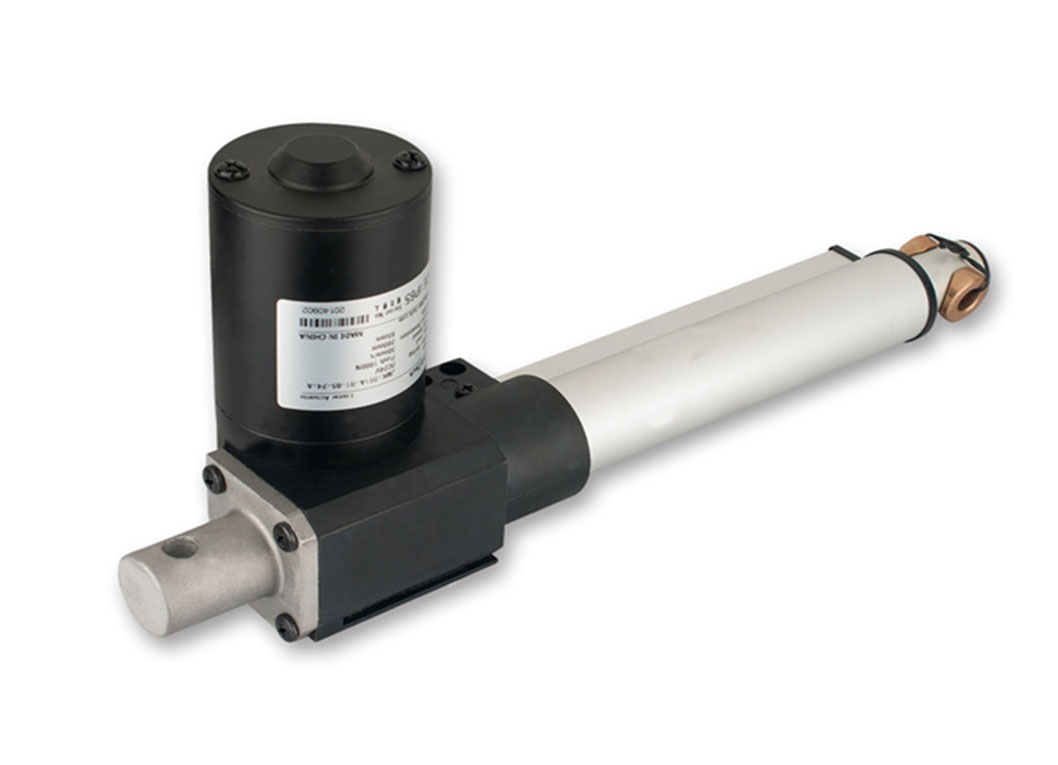
You want precision and control for accurate positioning.
You want safety features actuators to keep people safe.
You want versatility for many jobs.
You want durable actuators and reliable actuator solutions for harsh sites.
You want energy efficiency in actuators and a compact design actuator where space is tight.
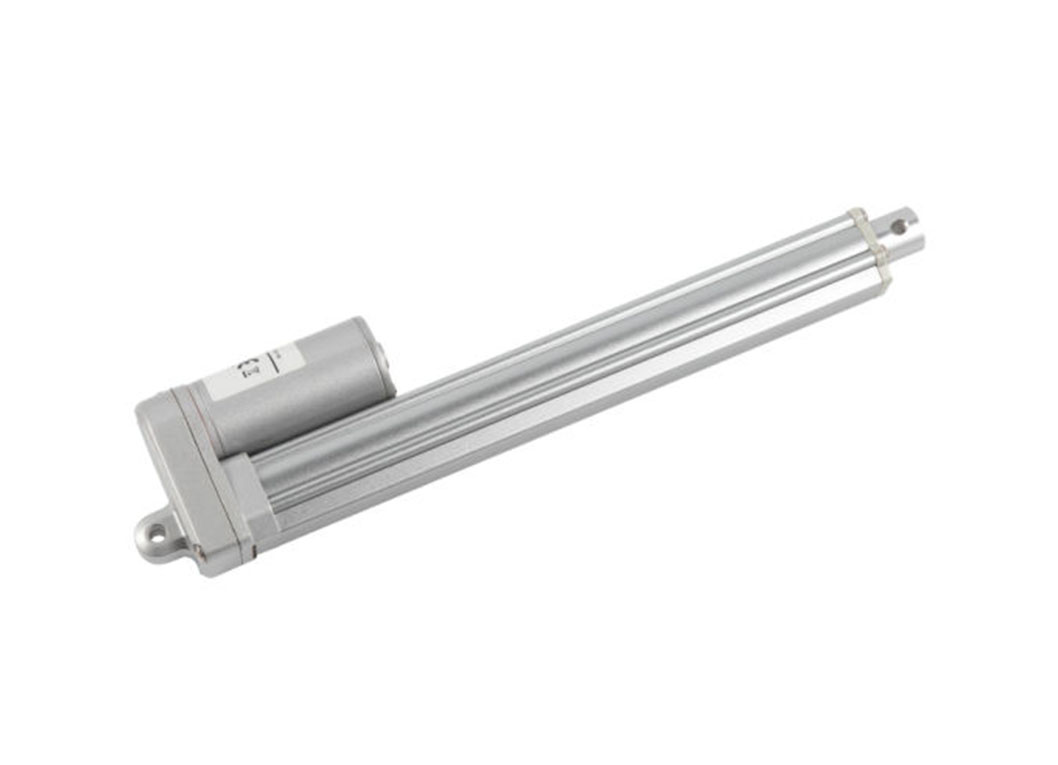
VIII. What To Check Before You Choose
- Application requirements: torque, speed, angle, precision
- Power source availability: air, fluid, or electricity
- Environmental conditions: heat, dust, spray, corrosives, explosion-proof actuators
- Control requirements: on off, proportional, feedback
- Actuator performance metrics and cost of rotary actuators
- Installation of actuators, maintenance of actuators, and troubleshooting actuators
- IP rating actuators like IP65 or IP67 for water and dust
- ATEX Directive zones and API 6D and ISO 5211 flanges for valves
Use a rotary actuator sizing calculator to get the right torque output. Use smart actuator design considerations to avoid risk.
IX. Rotary vs Linear: Pick the Best Motion
Some jobs need rotational motion. Use a rotary actuator.
Some jobs need a push or pull. Use a linear actuator.
I lead with clear help. My team at Jimi (Jimi Technology Co., Ltd.) makes high-quality linear actuators, TV lifts, and automation systems. Our products turn electrical energy into linear motion. You raise. You lower. You push. You pull. You tilt. You do it with a touch. I am not just a seller. I am an expert, a solution provider, and a trusted authority in this field.
If your job needs linear, I guide you to the right unit fast. See our full line of electric linear actuators for clean, smart power: high performance electric linear actuators.
If your job needs precise positioning with smart loops, I help you with servo motor actuators and tight motion: servo motor linear actuators for precise positioning.
If you build plants or machines, I support you with full stacks for industrial automation actuators: industrial automation actuator solutions.
If you want rock solid feedback, I can spec actuators with position feedback for easy HMI and PLC links: linear actuators with position feedback for closed-loop control.
I also help you blend linear and rotary in one clean mechatronics plan. I set control systems that link the PLC, the HMI, the SCADA, and your field valve actuators. I add position sensors and limit switches. I set solenoid valves for air. I fit gearboxes on drives. I make your line move like clockwork.
X. Quick Comparison Table
| Type | Power | Typical Torque | Angle | Best For | Notes |
|---|---|---|---|---|---|
| Pneumatic rack and pinion | Air | Medium | 90° to 180° | Valve automation | Simple and fast |
| Pneumatic vane | Air | Low to medium | 0° to 270° | Light tools | Compact |
| Hydraulic rack and pinion | Oil | High | 90° to multi-turn | Heavy machinery | High force |
| Hydraulic scotch yoke | Oil | Very high | 90° | Large valves | Strong breakaway |
| Electric servo | Electric | Low to high | Any | Robotics and precise positioning | Programmable |
| Electric stepper | Electric | Low to medium | Indexed steps | Indexing tables | Low cost |
I can tune angular velocity and rotational speed by valve size or by drive set. I can size double acting actuators or spring return actuators for fail-safe.
XI. Simple “Chart” View of Torque Range
- Electric stepper: ███
- Electric servo: ███████
- Pneumatic rack and pinion: █████
- Hydraulic rack and pinion: ██████████
- Hydraulic scotch yoke: ████████████
More bars mean more torque output.
XII. Brands, Standards, and Trust
I know the field. I read the specs. I test the gear. I work with data from leaders like Festo, Parker Hannifin, SMC Corporation, Rotork, Norgren, Siemens, Bosch Rexroth, Bimba Manufacturing, Flowserve, AUMA, and Emerson. I align to ISO 5211 mount rules. I follow the ATEX Directive in risk zones. I size to API 6D for quarter-turn valves.
I check IP rating actuators for washdowns. I match dampers in HVAC. I fit conveyor systems and material handling frames. I build automation systems that run clean in assembly lines and packaging machinery.
XIII. Cost, Care, and Uptime
I keep cost of rotary actuators in line with need. I plan clean installation of actuators. I set easy maintenance of actuators. I write troubleshooting actuators steps that your crew can use.
I log actuator performance metrics so you can improve. I keep a close eye on wear in seals and bearings. I check pistons, cylinders, vanes, pinions, and gear drive fit.
XIV. Your Need and My Promise
- Attract attention
You want smooth turn. You want it now.
- Point out the need
Your line must hit time. Your plant must stay safe. Your valves must shut on time.
- Meet the need
I size the right pneumatic, hydraulic, or electric rotary unit. I add smart position feedback. I link it to your PLC, HMI, and SCADA.
- Position the product
When you need straight push and pull, I bring in our Jimi linear actuators. They pair well with your rotary sets. They lift. They lower. They push. They pull. They tilt. They do it at the touch of a button.
See my proven electric linear actuators range now. See my servo motor actuators for top control. See my industrial automation actuators to power your line. See my actuators with position feedback for tight loops. I help you move from plan to run.
XV. Future Trends
I see smart actuators and IoT links. I see miniaturization. I see more energy efficiency. I see tighter links with mechatronics and control systems.
I bring you the best fit now. I keep you ready for what is next.
References
- Rotork. Valve Actuation Basics. Retrieved 2025.
- Emerson. Actuator Selection Guide. Retrieved 2025.
- ISO 5211. Industrial valves — Part-turn actuator attachments. Current edition.
- API 6D. Specification for Pipeline and Piping Valves. Current edition.
- ATEX Directive 2014/34/EU. Equipment for explosive atmospheres.
- Festo, Parker Hannifin, SMC Corporation, Bosch Rexroth, Flowserve, AUMA. Product datasheets on pneumatic, hydraulic, and electric actuators.
- Siemens and Norgren control and pneumatics application notes. Retrieved 2025.
Summary
You now know what a rotary actuator is. You know how it works. You know types of rotary actuators. You know key applications of rotary actuators.
You can pick with confidence. You can plan with care. You can act now.
I am here to help. I bring experience, expertise, authoritativeness, and trustworthiness. I stand by your side from idea to start up. I keep you moving.



